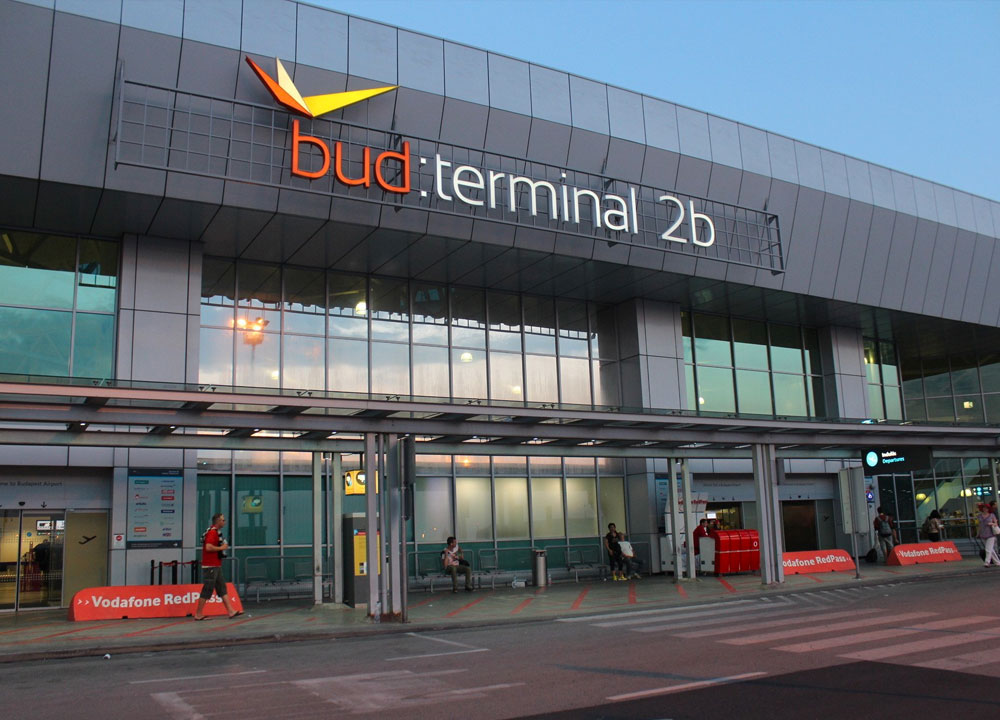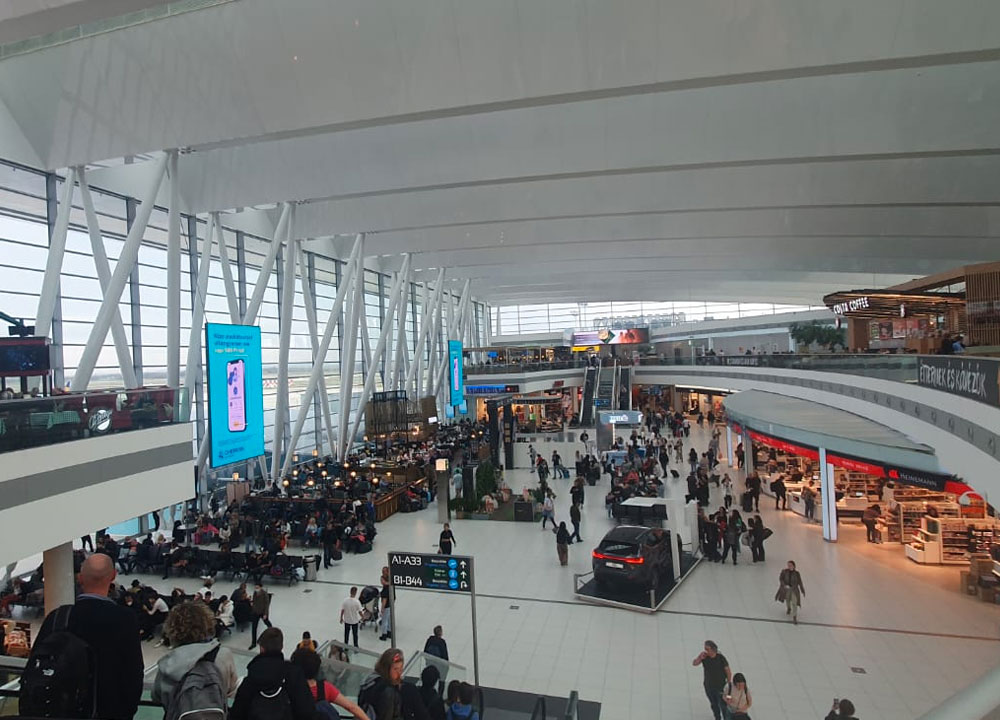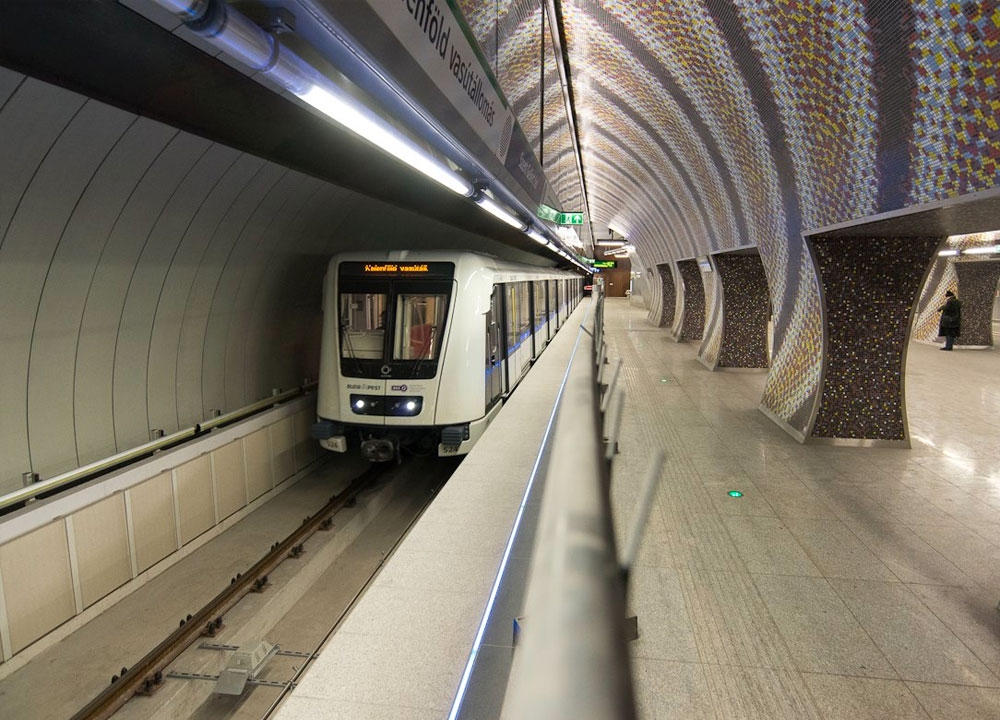

GETTING AROUND
Venue
Millenáris is within walking distance away from tram and bus stations Széll Kálmán tér and Széna tér (about a 10-minute walk), and Mechwart Liget (about a 6-minute walk). Many buses, subways, trams and night buses run at these transport junctions, and there are also several Bubi docks (bike sharing) in these areas.
Coronavirus
The lifting of epidemiological entry restrictions means that from Monday the 7th of March 2022, travellers can enter Hungary without the need for vaccination or immunity certificates, or any kind of test or quarantine obligation.
Simultaneously, the lifting of the special rules of access for certain services and events means that vaccination certificates are no longer required for entry to indoor congresses or conferences, accommodation establishments, spas, sporting or cultural events, music and dance festivals, or outdoor events of any kind. The wearing of masks in public spaces is no longer mandatory, although some venues may still recommend their use.
Airport
BUDAPEST LISZT FERENC INTERNATIONAL AIRPORT
The airport is easily accessible by car from any point in Budapest. It can be reached in approximately 40 minutes from the city centre, by the airport express road, which is separated from other roads by barriers.
Budapest Airport Terminal 2: 47° 25´ 57.75´´ north, 19° 15´ 41.03´´ east, elevation: 147 m
From City Center Deák Square to Budapest Airport: 21, 1 km.
By public transport:
If you take the 100E bus, you can reach all 4 underground (metro) lines, and the terminus is in Deák Ferenc Square in the Inner City. You have to purchase a separate ticket which is available at BKK ticket machines, the Budapest GO application, or from the driver.
Take bus 200E to KÖKI Terminal - Kőbánya-Kispest metro station, from there take metro M3 to Deák Ferenc Square. You can use a common BKK ticket, which you can buy from a BKK ticket machine, in the Budapest GO app or from the driver.
By Főtaxi: the official Budapest Airport's official transport partner and taxi service provider; bookings can be made at the Főtaxi stand at the entrances to Terminals 2A and 2B.
By Airport shuttle minibus service: you can order this service on the website of miniBUD at www.minibud.hu or the airport customer service desks of miniBUD.
Rent a car
There are several rent-a-car companies desks at the airport which are open 7 days a week, 8 a.m. – 8 p.m.
Driving
Hungary has 5 motorways and 4 main roads, eight starting from Budapest (exception: main road No. 8). For using the following motorways you have to buy a motorway sticker: M1, M3, M5, M6 and M7 (available at border crossing points and petrol stations).
The Hungarian Highway Code (KRESZ) is based on the Vienna and Geneva Conventions, and as such traffic, signs and road markings are similar to those found in other European countries. However, it is important to highlight a few important traffic regulations that visitors to Hungary must observe at all times: the use of seatbelts in the front and rear seats are compulsory; only mobile phones fitted with loudspeaker or headset microphone may be used in cars, and it is recommended that drivers making or receiving a call pull over to the side of the road in a safe area; drivers may not consume any alcohol before driving, and drunk drivers can be fined upwards of HUF 300,000 (€ 1000); the speed limit in built-up areas is 50 km/h, outside built-up areas 90 km/h, on main roads 110 km/h and on motorways, 130 km/h; use of the horn in towns is only permitted in moments of danger (despite which, unfortunately, Hungarian drivers frequently use their horns without proper reason).
Caution: as of January 2008, drivers caught drinking ANY alcohol will have their driver's licences confiscated on the spot, regardless of whether the driver is a local or a foreigner.
Hungarian Automobile Club (Magyar Autóklub) 24-hour helpline: (+36-1)345-1755. Roadside breakdown service: 188
TAXI
Several taxi companies are operating in Budapest. The officially licensed taxi cabs can be easily identified by their uniform yellow colour, with the sign ”Minősített Budapesti taxi / Licensed Budapest taxi” displayed on the front left door in both Hungarian and English.
The registration plate is also yellow.
You are seated in an officially registered Budapest taxi if the driver’s photo identification card and taxi fare rates fixed by the Municipality of Budapest are posted on the instrument panel as well as on the two rear side windows.
There are officially regulated uniform fares in force in Budapest: the basic fee is 1000 HUF, per the kilometre rate is 400 HUF, and the waiting time charge is 100 HUF per minute.
Public transport
Budapest has one of the richest public transportation systems of all European capitals. The Budapest Card holder can travel without restrictions and for free within the city limits on more than 200 buses, 32 trams, 15 trolleys and 4 metro lines, on the HÉV Suburban Railway and with boats. You can also take a free trip to the hills of Buda with the cogwheel railway.
Buses, trams and trolleybuses run daily from 4.30 a.m. until 11.0 p.m.
Tickets or passes must be bought before boarding; you cannot buy them from the driver (except on the night bus network). They are available at Metro stations, tobacconists and newsagents, and from vending machines at many bus and tram stops in the city centre. The single tickets are valid for one single journey of any length (without changing) on all routes (including the Cogwheel Railway, but excluding those parts of the HÉV that lie outside the metropolitan boundary of Budapest). Special tickets can be purchased that allow a change of route, and that cover the HÉV outside Budapest.
The M-1 metro line, continental Europe’s oldest underground railroad, was built in 1896 and constitutes part of the world’s heritage.




